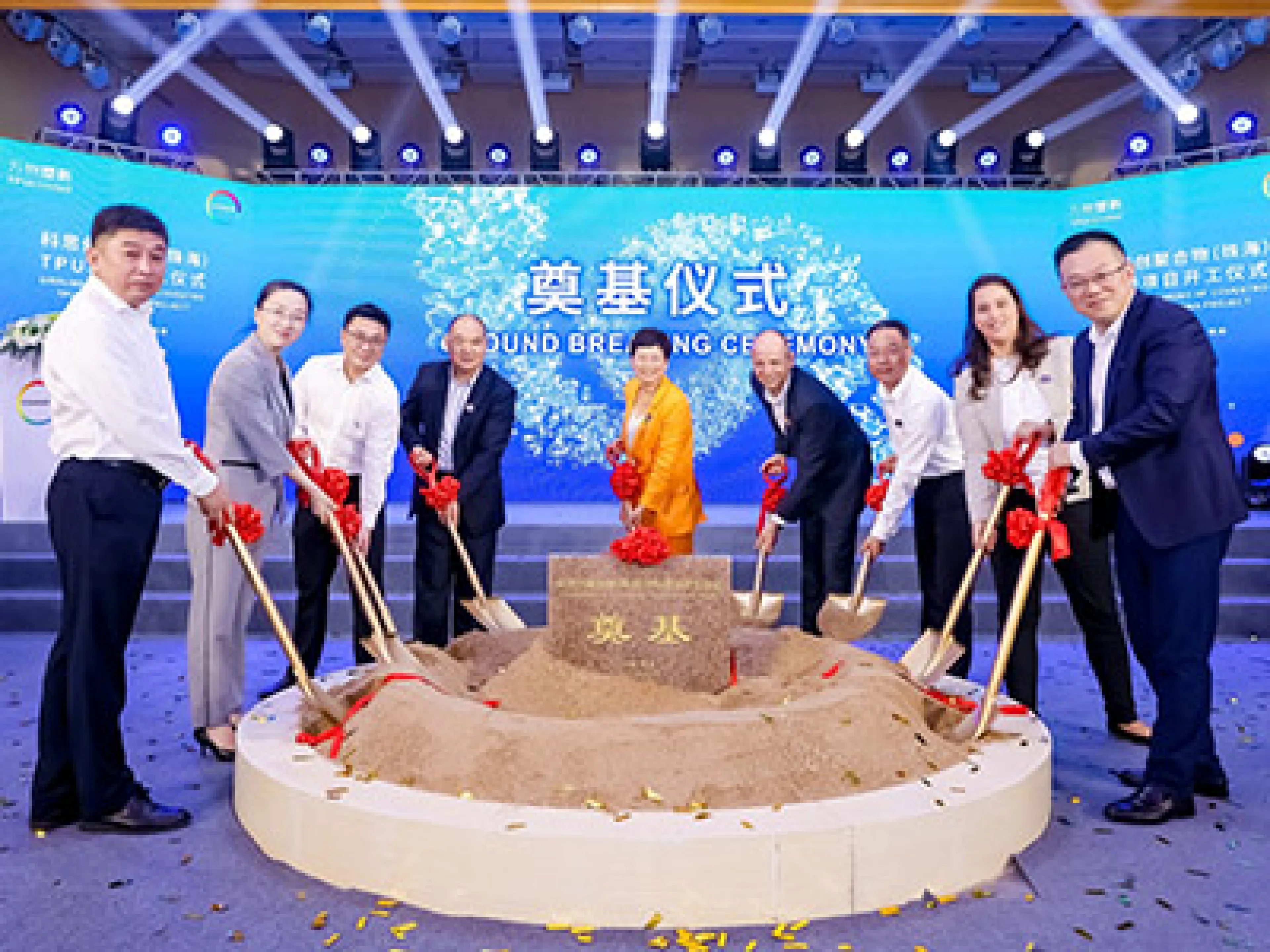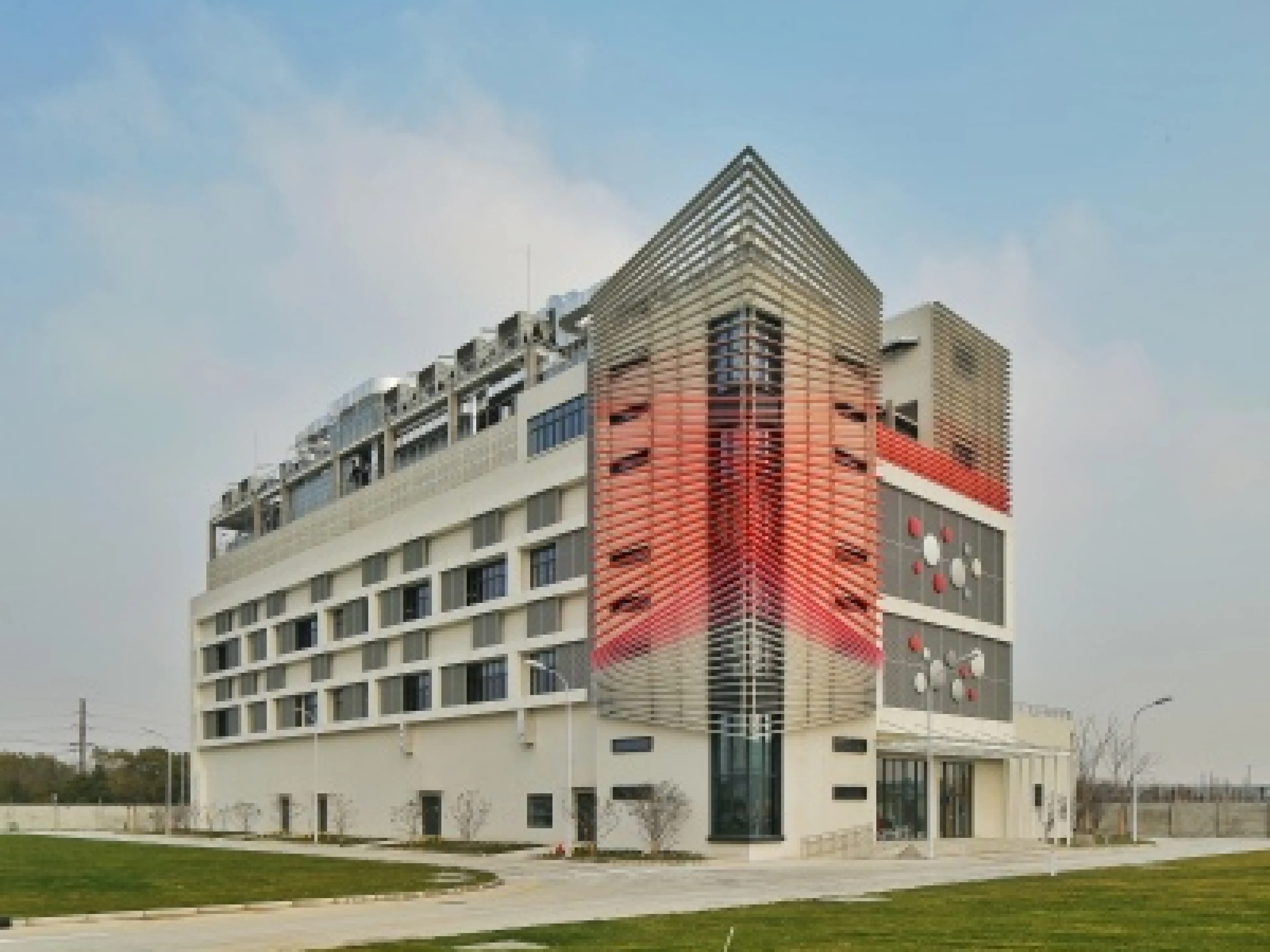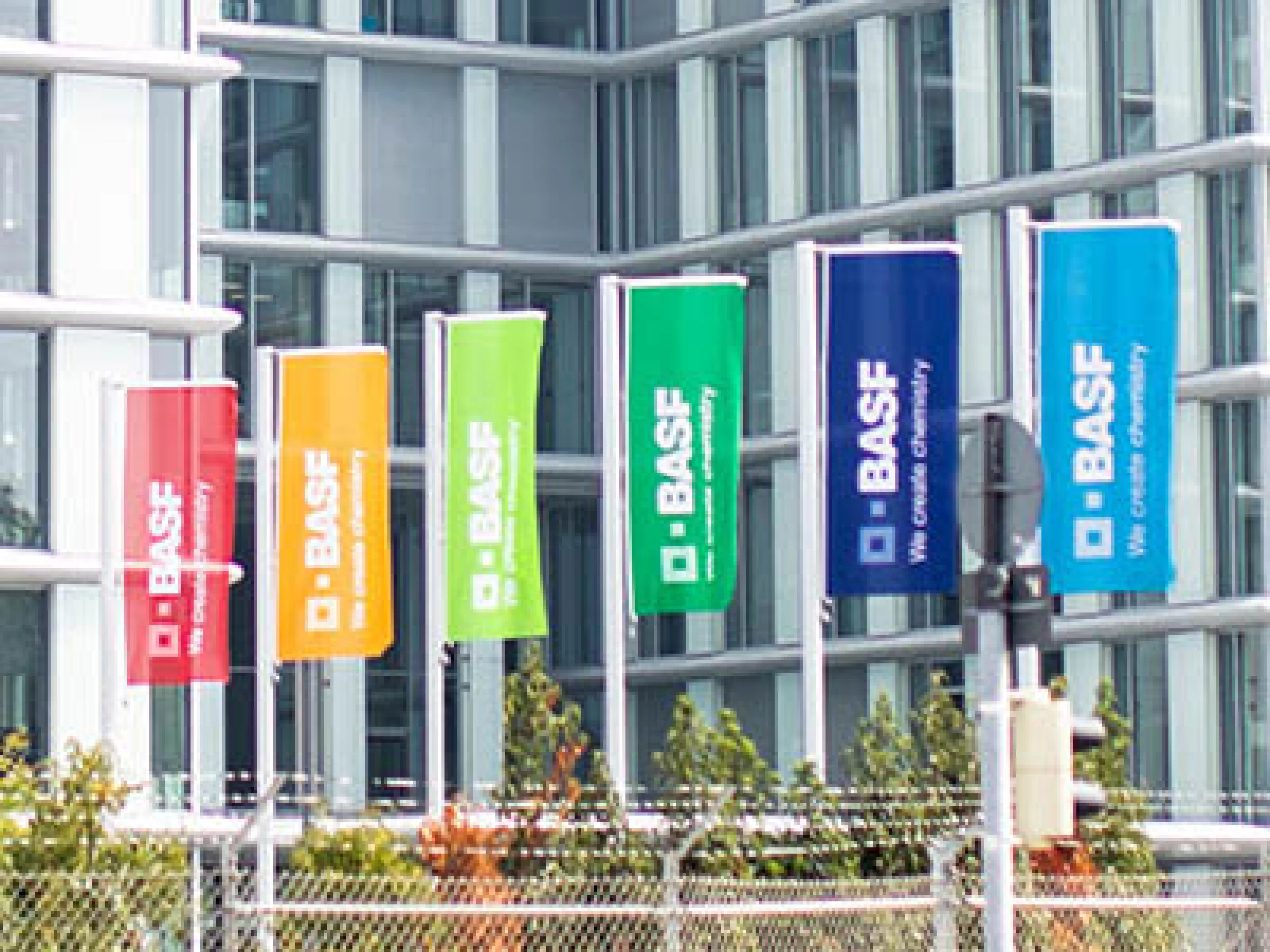
The automotive industry is working intensively on decarbonization and smarter solutions. New material developments can make an important contribution to achieving this goal. Against this background, Covestro and the Chinese premium electric vehicle brand Hiphi have opened a joint laboratory at the China International Import Expo (CIIE) to develop low-carbon material solutions and smart technologies for the mobility of the future.
The new laboratory will focus primarily on the commercialization of low-carbon material solutions in future electric vehicle models and the development of corresponding standards, as well as the development of intelligent surface technologies and next-generation battery solutions. The project builds on a cooperation agreement that the two companies signed at CIIE last year. "We’re delighted to deepen our collaboration with Hiphi," says Markus Steilemann, CEO of Covestro, during the unveiling ceremony at Covestro’s booth at the CIIE. "We set out to address the key challenges of future mobility with the launch of the joint lab. With our common commitment to pioneering low-carbon smart mobility and by combining our strengths and resources, we believe the lab will accelerate the automotive industry’s transformation towards a smarter and climate-neutral future."
Material expertise of Covestro realizes Hiphi's vision
"Hiphi aims to redefine the luxury brand in the new era. We are accelerating the adoption of intelligent and low-carbon technology in smart EVs to provide global users with a safe, efficient and sustainable travel experience, thereby changing the future of mobility and contributing to society," explains David Ding, Founder and CEO of Hiphi. “Covestro’s advanced material expertise is key to helping us achieve this vision. The establishment of our joint laboratory stems from Covestro’s recognition of the innovative strength represented by Hiphi and other Chinese companies. We also aspire to empower our global partners and foster mutually beneficial relations through the CIIE.”
On display at Covestro's CIIE stand is the "HiPhi Y", the latest luxury SUV to use Covestro's advanced polycarbonate solutions, particularly in the headlights and lidar lenses. Polycarbonate is a thermoplastic material that is suitable for safety glazing due to its high impact resistance. As electromobility is becoming increasingly intelligent, the headlamp offers new possibilities for digital communication beyond lighting. In the SUV, the headlight lenses are transformed into a projector that displays signs and patterns in front of the vehicle, creating an interactive interface with pedestrians and other vehicles. "Makrolon AL" solutions from Covestro with high optical performance provide the dimensional stability, UV resistance and high transparency required for this application. For the lidar lenses, the "Makrolon AX" portfolio with high infrared transmittance, shaping curved surfaces and stone impact resistance is used.
"As the mobility industry embarks on a journey towards carbon neutrality, the demand for circular, low-carbon footprint materials is growing rapidly and will only accelerate in the near future," says Lily Wang, President of the Engineering Plastics segment at Covestro. "We hope to collaborate with more like-minded companies, like Hiphi, to accelerate the decarbonization trend and pioneer smart technology development at the same time."
Long-term collaboration since 2018
Hiphi has been working with Covestro since 2018. The chemical company's material solutions have been used in Hiphi's flagship models, for example polycarbonate solutions that enable a "smart" B-pillar with complex functions in the all-electric SUV "Hiphi X". "HiPhi Z", a smart sports sedan, uses polycarbonates for the touchpad switch on its steering wheel, enabling a futuristic interactive design, as well as high-performance aqueous polyurethane adhesives for the car interior.










